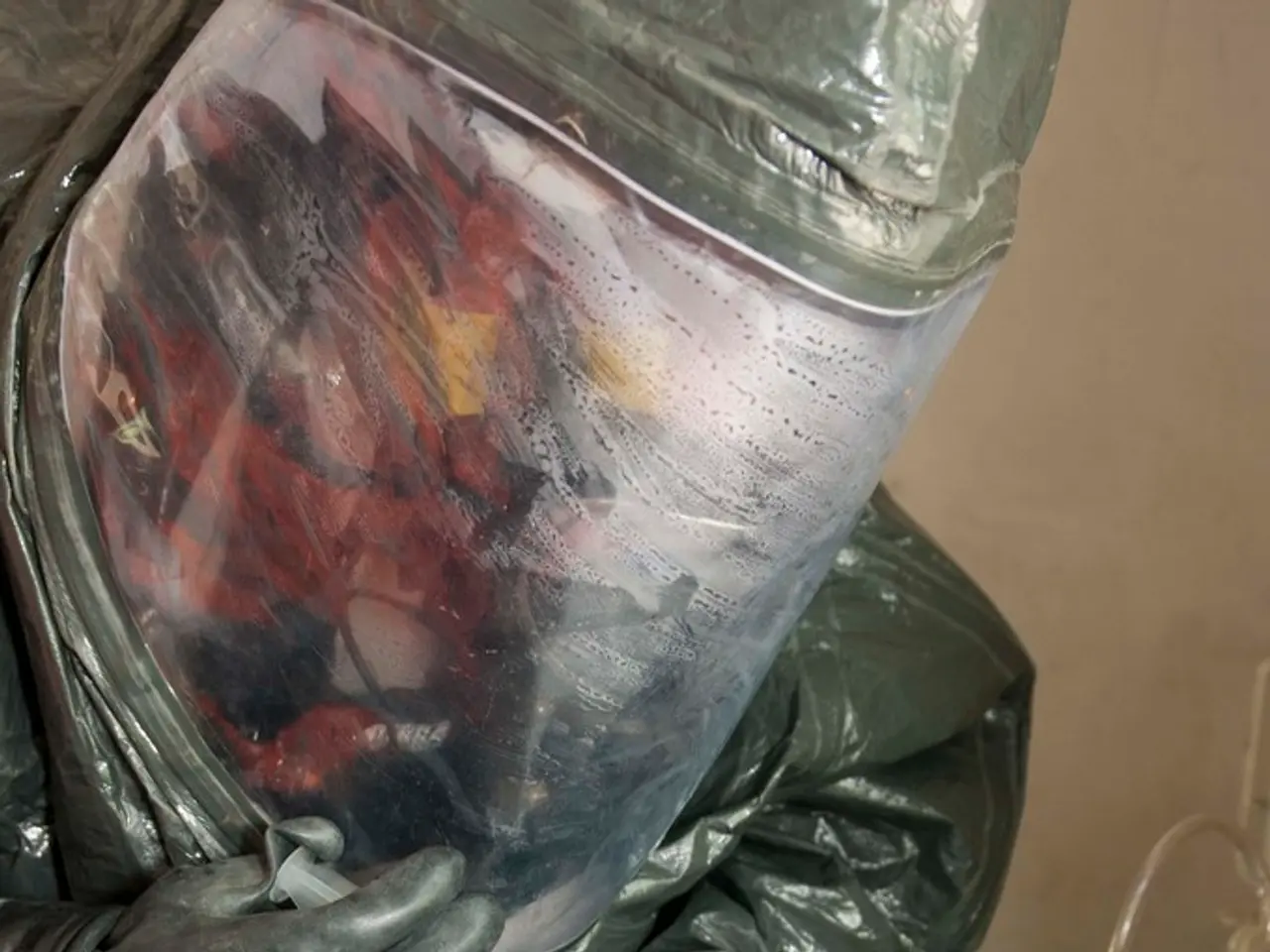Delay in the implementation of ethylene oxide emissions limits for medical equipment sterilization by Trump administration
In a move that has significant implications for both the medical device industry and public health, President Donald Trump has issued a proclamation to delay the implementation of new emissions standards for medical device sterilizers by two years. The original standards, finalized by the Environmental Protection Agency (EPA) last year, were aimed at tightening emissions limits for ethylene oxide (EtO), a cancer-causing chemical used in sterilizing medical devices.
The new standards, which were set to take effect in April 2026, faced pushback from the medical device industry, with AdvaMed, one of the medtech industry's largest lobbying groups, stating that there are no viable alternatives for sterilizing certain types of devices using EtO. The delay, effective as of July 2025, applies to all compliance deadlines established under the EtO rule. During this period, affected facilities are required to comply only with the emissions and reporting obligations that were in place before the new rule was issued—essentially reverting to prior regulatory standards.
The two-year delay, as stated in the proclamation, is aimed at providing additional time for companies to comply with the EtO rule. The White House has also released a list of companies and specific facilities granted this exemption, including major industry players like Becton Dickinson, Steris, Edwards Lifesciences, and others.
This action is part of a broader regulatory rollback by the Trump Administration, which in March 2025 announced it was reconsidering several air pollution rules from the previous administration, including those affecting medical device sterilizers. The EPA retains the authority to continue reconsidering these standards, but no new enforcement actions will be taken during the two-year exemption window.
The delay has been welcomed by industry stakeholders, such as Steris, who had previously indicated they were pausing expansion plans due to regulatory uncertainty. However, the delay has also raised public health concerns, as EtO is a known human carcinogen, and some of the exempted facilities had previously been identified by the EPA as "high risk" for elevated cancer rates in surrounding communities.
The intent of the new emissions standards was to reduce EtO emissions by 19 tons per year and ensure no individual is exposed to EtO levels that correspond to a lifetime cancer risk of greater than 1 in 10,000, the EPA’s limit for maximum acceptable risk. The article has been updated with comments from AdvaMed, with CEO Scott Whitaker expressing appreciation for the President and EPA Administrator Andrew Wheeler for implementing the exemption process.
For those seeking further insight, additional reading recommendations include articles on the EPA’s reconsideration of emissions standards for medical device sterilizers, the final EtO rule limiting emissions for medical device sterilizers, and the challenges faced by device sterilizers in finding alternatives to EtO.
- The medical device industry, including companies like Becton Dickinson and Steris, welcomed the two-year delay of new emissions standards for medical device sterilizers.
- The move by President Trump to postpone the implementation of these standards is part of his broader regulatory rollback, affecting various industries.
- The new standards, set to take effect in April 2026, aimed to tighten emissions limits for ethylene oxide (EtO), a cancer-causing chemical used in sterilizing medical devices.
- The delay allows affected facilities, such as those operated by Edwards Lifesciences, to comply only with the emissions and reporting obligations that were in place before the new rule was issued.
- The White House's decision to grant an exemption to companies for two years has raised public health concerns, as EtO is a known human carcinogen.
- The Environmental Protection Agency (EPA) retains the authority to reconsider these standards during the exemption window, but no new enforcement actions will be taken during this period.
- AdvaMed, one of the medtech industry's largest lobbying groups, had previously stated that there are no viable alternatives for sterilizing certain types of devices using EtO.
- The original standards, finalized by the EPA last year, were aimed at reducing EtO emissions by 19 tons per year.
- The EPA’s final EtO rule limiting emissions for medical device sterilizers set a limit for maximum acceptable risk, ensuring no individual is exposed to EtO levels that correspond to a lifetime cancer risk of greater than 1 in 10,000.
- The President's proclamation has significant implications for public health and the environment, as the use of EtO in medical devices contributes to climate change.
- Innovations in medtech analytics, artificial intelligence, and health and wellness are transforming the medical-conditions and chronic-diseases sector, offering new solutions for sterilizing devices without using EtO.
- The delay in the implementation of the new standards might impact the financial health of these companies, as investing in new technologies could require substantial funds.
- The football industry, including the NFL and NCAA Football, is a multi-billion-dollar business that could be affected by personal-finance decisions made as a result of this regulatory change.
- As the climate-change crisis escalates, it is essential to prioritize investments in environmental-science and energy-efficient technologies to address the broader challenges faced by the earth and its inhabitants.




